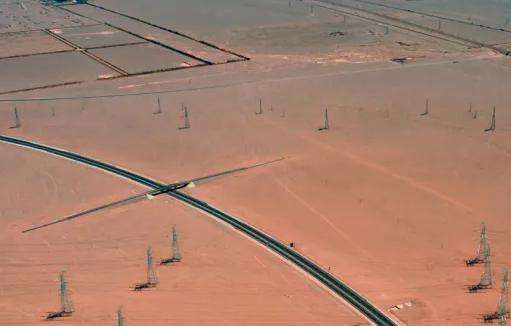The basic requirements for elastic couplings in wind turbines are:
(1) High strength and large load-bearing capacity. Since the transmission shaft system of the wind turbine may experience instantaneous peak loads, the maximum allowable instantaneous torque of the coupling is required to be more than three times the allowable long-term torque.
(2) High elasticity, large damping, and sufficient vibration reduction capability. Reduce the amplitude of shock and vibration to within the allowable range.
(3) It has sufficient compensation to meet the needs of displacement of the two axes during work.
(4) Working reliability and stable performance, couplings with rubber elastic components should also have characteristics such as heat resistance and resistance to aging.
What are the functions of gearboxes and couplings in wind turbines? Do I need to use both?
If the vibration is large during normal power generation, it is likely that the main transmission chain (such as main bearings, gearboxes and generators) has mechanical faults, such as bearing wear or damage, high-speed shaft misalignment, or loose ends. It is caused by loose bolts, loose copper bars of the generator rotor, or unbalanced fan blades. It is recommended to find domestic professional companies such as Beijing Hanergy Technology, Goldwind Tianyuan and other companies to conduct a comprehensive vibration detection. It is best to use a multi-channel synchronous acquisition system, so that the cause of the fault can be found in about half an hour at a time. Early action can avoid serious failures. One of the wind farms of our brother company was vibrating so much that the coupling flew off. What a danger!
The gearbox of wind power is also called a speed increase box and is used in doubly-fed generator systems. Direct-drive wind turbines do not have gearboxes. The generator is doubly-fed, and a generator with two pairs of magnetic poles requires a rotational speed of about 1750 to reach the rated power of the generator. The maximum spindle speed is 20r/min. The required speed is reached through the speed increase box. The coupling is a bridge connecting the gearbox and the generator shaft. It has a certain degree of toughness. It is not made of steel, but should be made of fiberglass. Both perform their duties and are used in conjunction.














